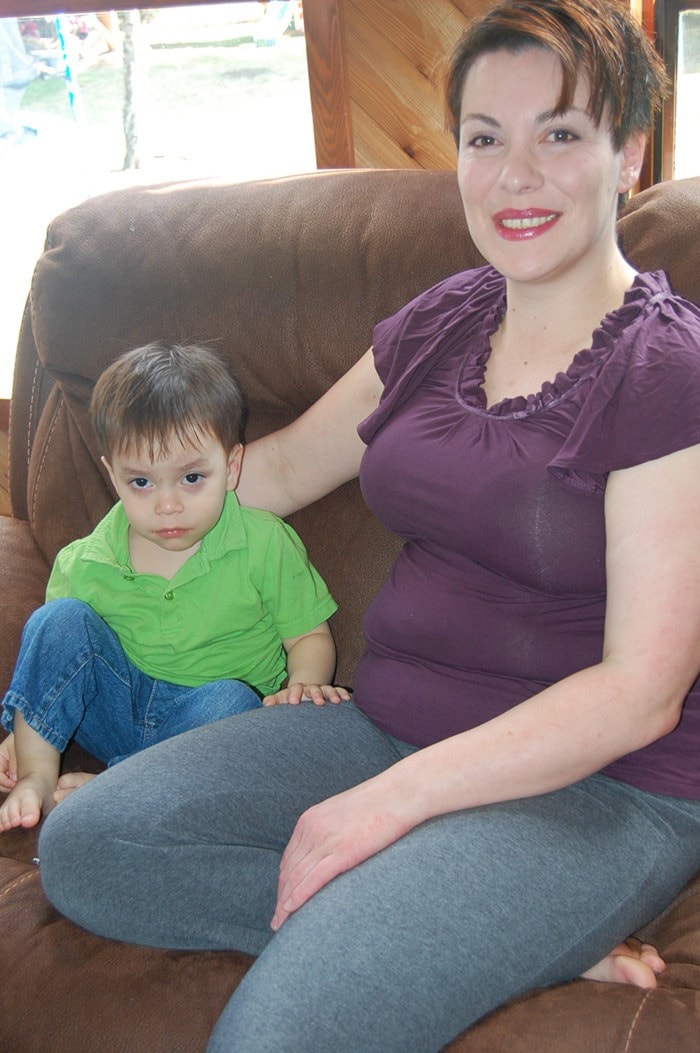There’s a growing demand for midwives here and not just in the smaller towns or remote areas.
At a midwifery session here in January, about 15 people came out to listen to Hazelton midwife Angela Smith speak about what a midwife is and home birth for anyone interested in learning about midwifery, said organizer Raven Thunderstorm, who wants to become a midwife one day when her children are a bit more grown.
“It was awesome, just getting the communication going and just for everyone to understand what midwives do. I think there’s a lot of misconceptions out there,” said Thunderstorm.
“It is a specialized profession, not just someone deciding to call themselves midwives.”
Midwives undergo rigorous training and it’s a four-year bachelor’s degree, she said. Only the University of BC offers a midwife program in the province right now and it’s highly competitive to get in with only 20 spots open to new students each year.
“The training is very intense so midwives really become experts on normal birth,” she added. And the services of a midwife are covered by the health care system in B.C.
Midwives are the caregiver for normal, low-risk pregnancies, a specialist for a normal birth.
When there’s any sort of complications, they refer to or consult with specialists, she said.
They may share care with the obstetrician too, it all depends on when in the pregnancy there’s a problem, if at the end then the midwife would be able to be there in a supportive role or for baby care.
“The whole idea is continuity of care and a connection with the caregiver and to be comfortable,” said Thunderstorm about having a midwife.
For instance, instead of a quick appointment with a doctor, midwife appointments are from 45 minutes to one hour to give the person time to become comfortable with the midwife.
Thunderstorm chose to have a midwife for the birth of her son, and had to travel to Smithers to do that. She stayed in a hotel, let the hotel know what she was planning to do and had her baby there with a midwife present. Although there is no midwife here in Terrace, Smith, is taking clients from Terrace, said Thunderstorm.
“She’s waiting to get her hospital privileges here. The process takes some time,” said Thunderstorm about Smith, adding Smith is thinking about moving to Terrace.
“Women with normal, low-risk pregnancies sometimes end up with OBs (obstetricians) here but it would be great if they (OBs) could focus on high-risk pregnancies,” said Thunderstorm, referring to midwives taking the regular low risk pregnancies to free up obstetricians for the riskier pregnancies.
Midwives don’t only deliver babies at the mother’s home but often do deliver in hospitals too – around 70 per cent of births attended by midwives in B.C. take place in hospital.
In January, the Midwives Association of BC announced that it wants to increase the number of births by midwife in the province to 35 per cent from the current 17 per cent by 2020. The idea is to have more access to maternity services in rural and northern communities, improve health outcomes for women and newborns and reduce health care costs.
“I’ve always wanted to be a midwife. I grew up on a farm and saw lots of animal births,”she said.
“It’s a passion of mine helping to empower women through birth and my experience.” For now, she’s taking a child birth educator course so she can offer pre-natal classes and plans to work in that area until she’s ready to become a midwife.
